Channels and Cycles: A Tribute to J. M. Hurst
$24.49
| Author(s) | |
|---|---|
| Product Type |
Ebook |
| Format |
|
| Skill Level |
Intermediate to Advanced |
| Pages |
266 |
| Publication Year |
1999 |
| Delivery |
Instant Download |
Channels & Cycles by Brian J. Millard is a modern classic that revitalizes the revolutionary cycle theories of the legendary J.M. Hurst. In this powerful continuation of Hurst’s work, Millard explores how price channels, time cycles, and wave structures interact to reveal the underlying rhythm of market movements. Rather than relying on lagging indicators, Millard’s geometric and mathematical approach enables traders to forecast likely turning points and trend continuations with exceptional clarity.
Drawing on over twenty years of quantitative research, Millard shows how every market—whether stocks, commodities, or indices—moves in recognizable repeating cycles. Through precise charting techniques, he explains how to draw, project, and interpret price channels that encapsulate the heartbeat of price action. Readers learn to synchronize multiple cycles, identify when markets are likely to reverse, and determine the most profitable zones for entry and exit.
This book bridges the scientific rigor of Hurst’s original analysis with Millard’s practical experience as a professional investor. It stands as both a tribute and a practical trading manual—showing how to apply cycle theory to real-world market data. Traders looking to master cyclical forecasting will find Channels & Cycles a rare combination of mathematical insight and actionable precision.
✅ What You’ll Learn:
- How to apply J.M. Hurst’s cycle theory to modern market data.
- Methods for identifying and drawing dynamic price channels.
- Techniques for combining multiple cycles to forecast key turning points.
- Tools for confirming cycle synchronization across timeframes.
- The mathematics behind amplitude, wavelength, and envelope projection.
- How to integrate cycle analysis with money management and risk control.
💡 Key Benefits:
- Master the advanced cycle and channel techniques of J.M. Hurst.
- Improve accuracy in timing market tops and bottoms.
- Replace subjective chart reading with quantitative pattern recognition.
- Develop an analytical system that adapts to all markets and time horizons.
- Gain access to real-world examples showing how cycle structure reveals trend strength.
👤 Who This Book Is For:
For intermediate to advanced traders, analysts, and technically oriented investors who wish to understand and apply Hurst’s cycle analysis to improve timing and trend forecasting. Essential for anyone studying market geometry, rhythm, or time-price relationships.
📚 Table of Contents:
- Chapter 1. Money Management
- Chapter 2. The Trading Interval
- Chapter 3. How Prices Move
- Chapter 4. Trends within Trends
- Chapter 5. Graphical Channel Analysis The Basics
- Chapter 6. Graphical Channel Analysis Applications
- Chapter 7. Numerical Analysis the Basics
- Chapter 8. Numerical Analysis-More about Cycles
- Chapter 9. Applications of Numerical Analysis
- Chapter 10. Channel Turning Points
Channels and Cycles: A Tribute to J. M. Hurst By Brian J. Millard
4 reviews for Channels and Cycles: A Tribute to J. M. Hurst
Clear filtersOnly logged in customers who have purchased this product may leave a review.

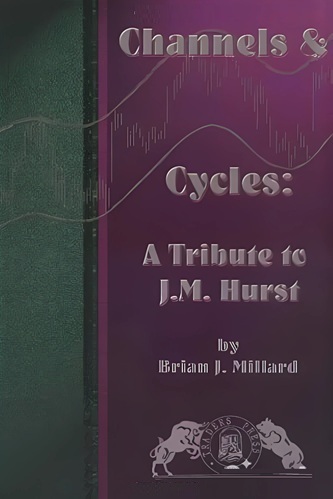

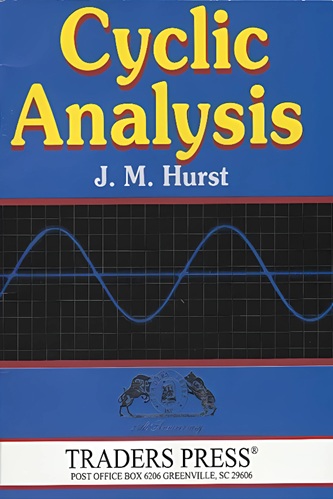

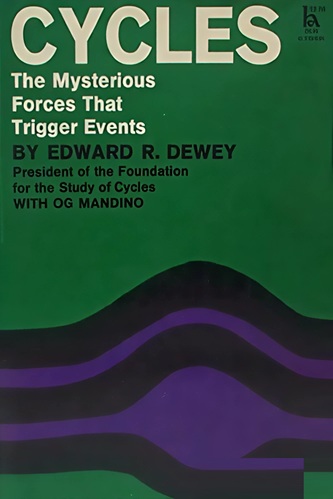
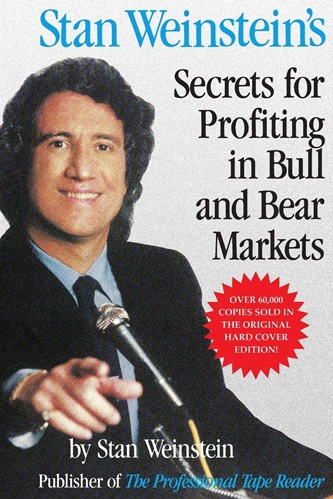

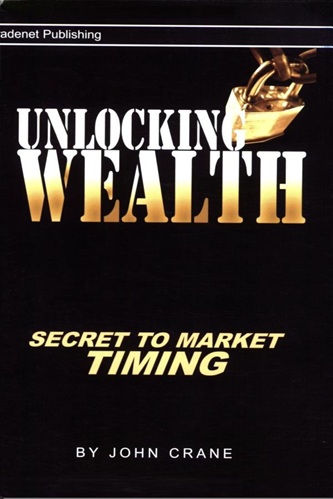
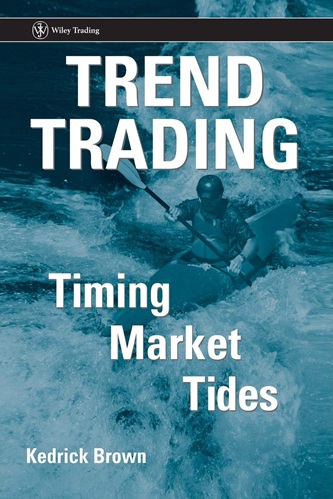
Emily Rodriguez (verified owner) –
I can’t beleive the “other review” I just read. I was flabergasted! This book is one of the best of it’s type that I have read. I am not the expert and still consider myself a “student”, but I’ve been succesfully trading commodities for over a year and have amassed a small library of books of which this is the best. Contrary to the other review I just read, I found this book to be very easy to read and exceptionally stimulating.
Mr. Millard has taken what J.M. Hurst started and developed it to new levels. In this book he has expanded & built upon the principles put forth by J.M. Hurst. He has since built upon this foundation with his own work on the subject of cycle & channel analysis.
This book contains a wealth of information which can be utilized right away. Millard shows how to use simple paper & pencil methods and also implimentation of numerical methods which are quite sophisticated.
My entire trading methodology has been modified because of this book. To me, Milllards writing is clear, concise, and right to the point. I am not a math wiz and I did have to re-read one section of one chapter a few times for clarity, but this was not difficult once given a little thought, which is well worth the time and effort.
Millard goes into a great deal of detail with regard to trading and shorter cycles. He quite clearly demonstrates that shorter duration trades are more profitable, hence, his comments and conclusions are in harmony and agreement with J.M. Hurst and his book “Profit Magic od Stock Transaction Timing” (also a great book). In fact, Millard puts forth a strong and compelling case for his recommended short duration trades of between 50 – 100 days. As far as I can tell, J.M. Hurst’s short duration trades were in the range of 36 – 42 days. Both seem to agree completely if you ask me.
If you are a fan of cycles you will really like this book. You will find valuable information from a notable British investment writer whos has published many other works (and software) as well. Do search under “Brian Millard” and see for yourself.
A great book. By all means – get it. Get J.M. Hurst’s book too. They are a great combination!
Piper Curry (verified owner) –
Written for statisticians, not for the average investor who is not into researching the mathematical basis for the ideas sketched in this book. The presented ideas and concepts seem to be restricted in application to certain cases conformable to cyclical and amplitudinal stock price behavior. The concept of projecting the application into the future as a price determinate is not only abstruse but arcane. Would make a good basis for the development of a computerized trading system now that number crunching unburdens the concept.
Henry Randolph (verified owner) –
I got this book because I thought it would be easier to understand than the book “The Profit Magic of Stock Market Timing” by J.M. Hurst. Indeed this was the case. However, the author stops in mid stream and when you reach the end of the book, he asks you to subscribe to him if you want to know more. This book is really an advertisement for the author’s service, so not something I feel I should be paying for.
Briggs Moore (verified owner) –
I am in the middle of reading both JM Hurst’s original work on market cycles, as well as Brian Millard’s modern treatment of cycle analysis. I’ve finished this one today.
This book is for the technician or trader who wishes to think for himself, and not rely on over-used, and often misapplied mathematical techniques.
Millard instructs you on how to use mathematical tools to extract cycles from stock price data, predict price and time zones, and determine the optimum time period to trade in.
Through simple logic, Millard demonstrates the optimum time period to trade in is between 50 and 100 days. If you are a diehard daytrading scapler, you probably won’t like the conclusions he comes to in this book.
Through the simple use of moving averages and envelope channels, you can learn to pick out the low risk points to place directional trades. I’ve experimented with the techniques for a few months now, and they are very useful.
What is fascinating, is that the trading rules developed from cycles often match up very well with classical chart pattern trading rules.
The author does an excellent job of explaining the mathematical properties of moving averages, and how the use of moving averages in cycle analysis differs from their use in conventional trend following systems.
Some reservations about the techniques: 1. Cycle analysis uses arithmatic scaling for measuring the magnitued of cycles. This strikes me as invalid on time frames greater than weekly, due to the logarithmic price changes over long periods of time.
Point and figure chartists have similar problems–dealing with changes in price level. It is going to be very hard to draw valid channels on some large cap tech stock that declined from 100 to 10 during the bear market. Having said that, for shorter time periods, these methods are fine, and the techniques to measure wavelength (time targets) are still valid, even on monthly data.
2. The author makes absolutely no use of volume in the analysis. I suspect incorporating volume into the analysis of cycles would improve the results.
3. The author makes it appear that stock price data is just like any other data. With this, I disagree. There is a psychological element that is missing from this type of analysis. Cycles are not the complete answer to trading, but they are a very good start.